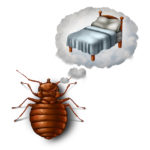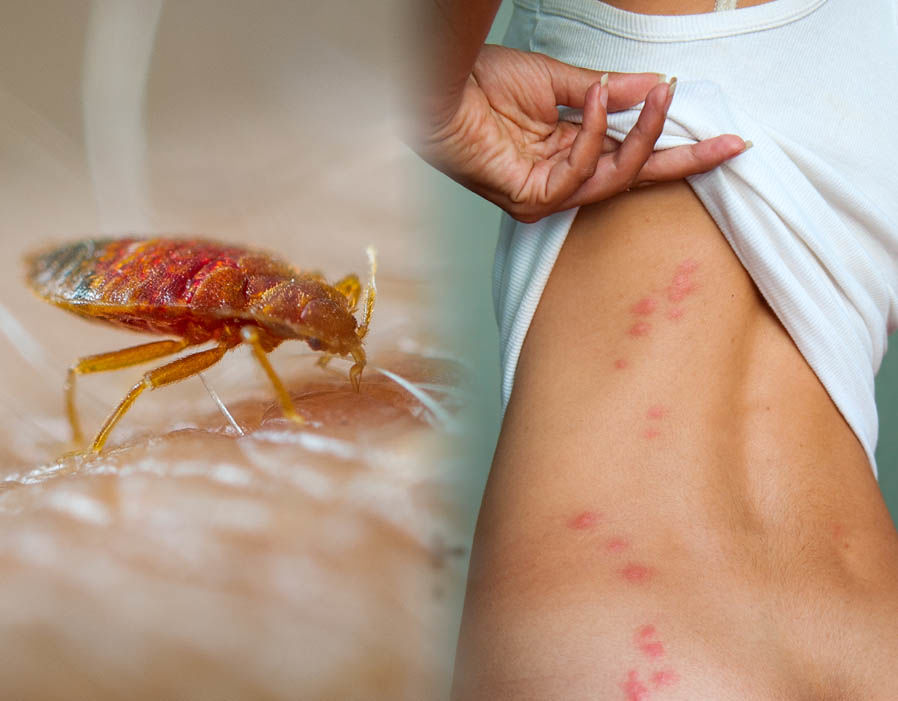Once bed bugs invade your home, you might get a feeling that you no longer want anything to do with it, and just move out.
Bed bugs reproduce very fast and can survive for a long time between meals. These fearless bloodsuckers get into bed with you, sit on the couch with you, and move around with you – because they cling onto your clothes, backpacks and purses, and even your shoes..
If you have been getting red itchy welts on your skin lately, these bugs could be the culprit. You might also be fortunate enough to spot them crawling on your walls, clothes, or bedding. Below are four easy steps on how to get rid of bed bugs from your home.

- Go through the whole house to find out areas that have been infested
You can do this on your own or hire a pest control professional. The bug’s tiny physique makes it easy for them to fit in tiny and unexpected areas such as the seams of a mattress, curtain folds, between couch cushions, and inside electrical outlets. Use a flashlight and magnifying glass to do the inspection. Also, check for signs such as reddish stains on the mattress or dark spots.
- One quick way of containing the bed bugs is to vacuum them
Run the vacuum over all hideouts. Seal the vacuumed contents and throw away. Keep all affected linens and clothes in a sealed plastic bag until you can clean them with hot water and set them on the highest possible temperatures in the washer and dryer.

- Get rid of all bed bug hiding places
Clear any items from the floor that could be a hiding place for bed bugs such as magazines and books. Do not move items from the infested room as you will spread the bugs. Tape up open electrical outlets, move your bed away from the wall a bit, and seal any cracks and glue down loose wallpaper.
- Chemical Treatments
You can decide to use chemical or non-chemical methods depending on the intensity of the infestation.
Non-chemical methods include exposing the bugs to very high or very low temperatures. Place bed bug-proof covers over your mattress and box spring to kill any remaining bugs and prevent new ones from getting inside. For chemical methods, try EPA-registered insecticides.

